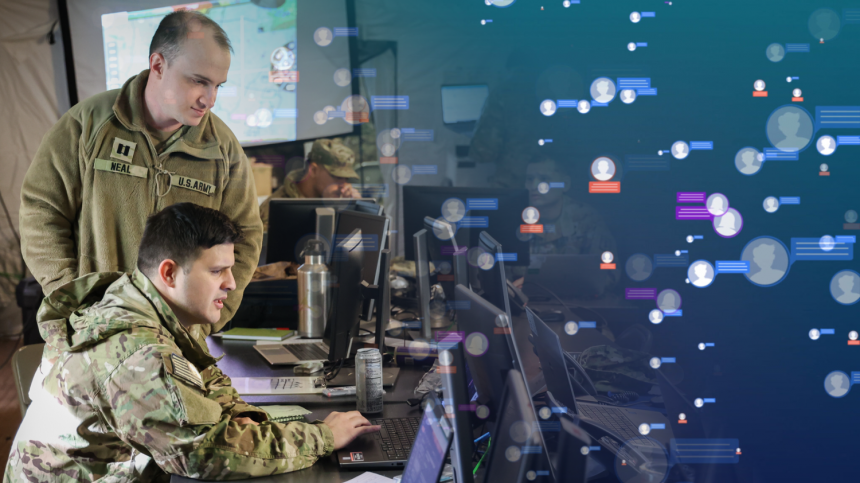Late last month, reports surfaced that the US military used artificial intelligence-powered algorithms to identify airstrike targets in the Middle East, according to a defense official.
The use of AI-powered technologies in warfare publicly began around 2017 when Project Maven was implemented, which was when the Pentagon put out a call for suppliers developing identifying object recognition software designed specifically to identify objects on drone footage. That same year, Marine Corps Colonel Drew Cukor said via press release that the Pentagon hoped to integrate that new object recognition software by the “end of the calendar year”.
Now we are seemingly starting to hear about the impact that new technology has had on the success of missions. According to Schuyler Moore, CTO for US Central Command, the military deployed Project Maven’s systems into real campaigns shortly after the Hamas attack on Israel last year, and now the technology has been used to carry out over 85 air strikes across seven locations in Iraq and Syria.
“October 7 everything changed,” Moore told Bloomberg. “We immediately shifted into high gear and a much higher operational tempo than we had previously.”
The object recognition algorithm is used to identify potential targets for air strikes, such as rockets, missiles, drones, and militia facilities. Humans then sift through all of the potential targets and then operate the weapons that destroy them.
“We’ve certainly had more opportunities to target in the last 60 to 90 days,” Moore said.
Notably, the US Central Command said it attempted to run algorithms designed to recommend which weapons should be used to destroy the targets and overall strategies that would lead to mission success. US Central Command said requesting these algorithms attack plans or methods for missions simply doesn’t work well enough, as the responses “frequently fell short.”



